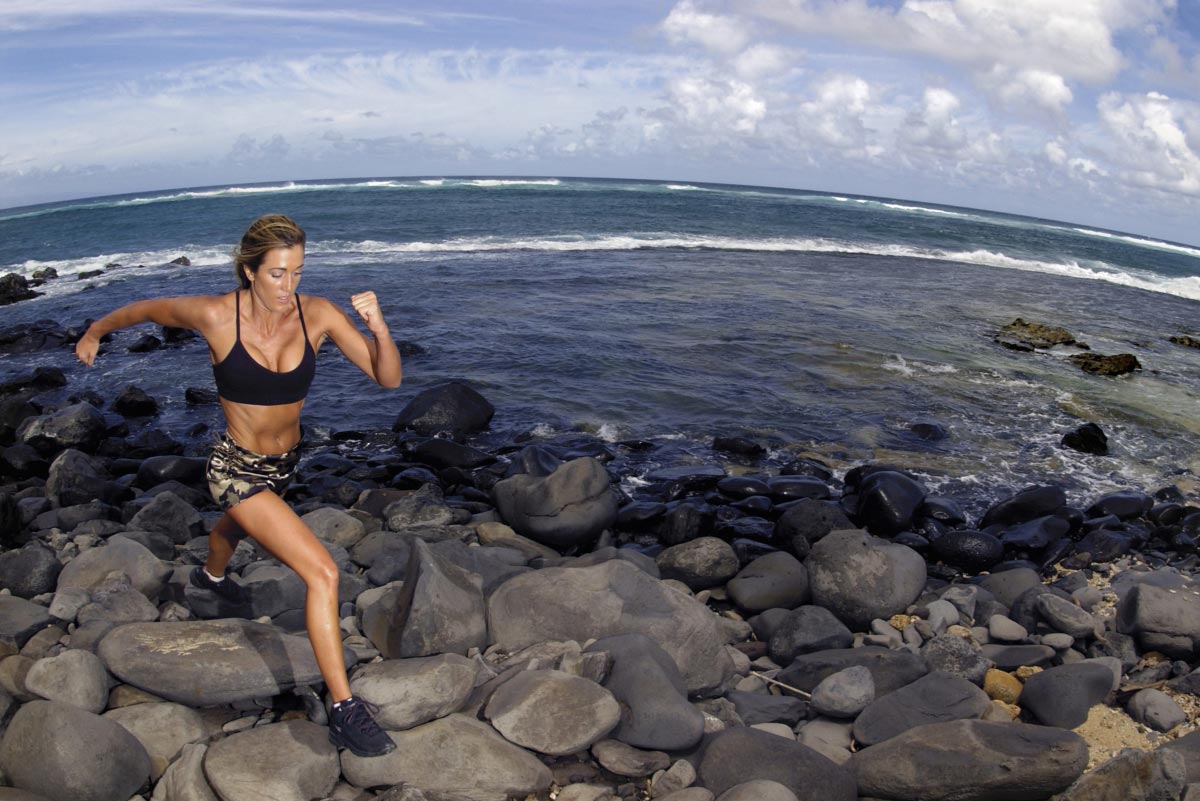
Advertisement
Surviving emergency situations — no matter how prepared you think you are — depends on your body’s ability to cope with stress and exhaustion. An article in OffGridSurvival.com walks you through the process of training and strengthening the body in order to effectively deal with emergencies that can arise. It is important to note that your sheer will to survive and physical ability beat technology every time when dealing with long-term crises. Here are a few pointers.
Take exercise more seriously
Being skinny does not equate to being healthy. Doing a little bit of daily exercise might be a good start in getting your body in shape. Small details such as taking the stairs, parking in the farthest spot, or brisk walking help add more steps in your daily routine. These activities, while seemingly insignificant, are beneficial to the body. A 2015 study revealed 25 minutes of brisk walking can add up to seven years in your life. Another study found that taking the stairs may improve the body’s cardio-respiratory fitness. Men who took at least eight flights of stairs had a 33 percent lower mortality risk compared with their sedentary counterparts, a study showed.
Once the body has settled with simpler exercise, you may now proceed to step it up.
Intensifying your workout
Begin with the core. All physical activities start with the body’s core, which includes hip muscles, upper legs, lower back stomach, and waist. A well-established core helps improve posture and breathing, and cuts the risk of muscle, bone and upper back injuries. There are various routines, gadgets, and training techniques available to help improve your core strength.
You should also consider strength training. Strength training builds the body’s overall vigor and vitality. While there are many ways to undergo strength training, it is suggested that you start with a simple fitness routine. Below is a sample weekly training program. Strength training helps build up the arms, shoulders and legs as well as the chest and the back.
- Day 1: Strength Training – Arms, Shoulders & Legs
- Day 2: Cardio — Bike ride, jog, swim, or kayaking
- Day 3: Strength Training – Chest and Back
- Day 4: Strength Training – Arms, Shoulders & Legs
- Day 5: Cardio — Bike ride, jog, swim, or kayaking
- Day 6: Strength Training – Chest and Back
- Day 7: Rest — Easier hike/walk
Remember that when worse comes to worst, your loved ones can only depend on your strength and ability to carry out tasks under harsh conditions. They rely on you in moments of emergency.
Sources include:
Submit a correction >>
This article may contain statements that reflect the opinion of the author
Advertisement
Advertisements















